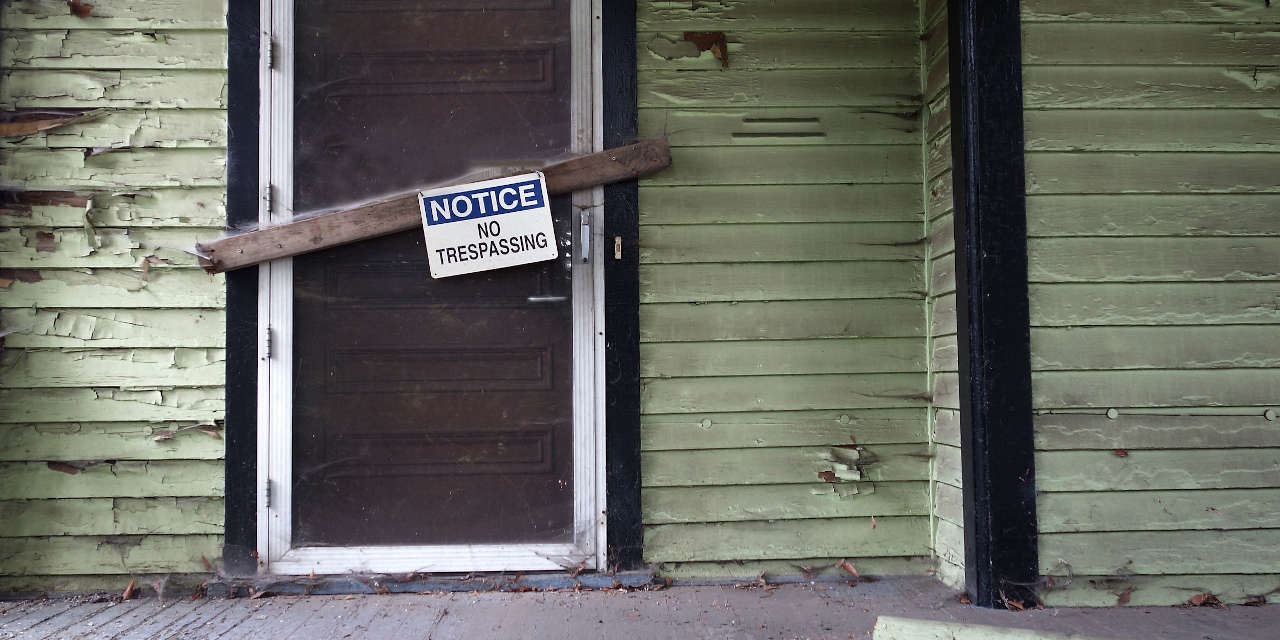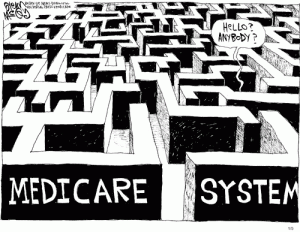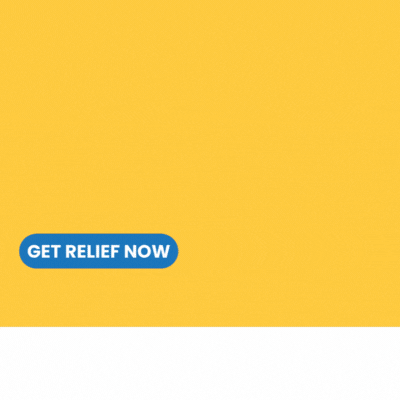By Jack Cumming
Many senior living executives advanced in the industry by qualifying as Nursing Home Administrators. That has tilted the industry toward caring for the frail more than celebrating the capable. There are different kinds of nursing homes, ranging from small board and care homes, to proprietary nursing homes specializing in Medicaid, to the care facilities in Continuing Care Retirement Communities (CCRCs).
Life in a SNF
CCRC residents are sometimes seen as embarked on a life journey that ends with confinement in the Care Center, as CCRC nursing facilities are often termed. That is no longer seen as a desirable place to spend one’s final days. Sharing a room and a bathroom with a total stranger, who may have annoying habits, is not an outcome that anyone would want.
The COVID-19 pandemic has led to a media focus on Skilled Nursing Facilities (SNFs) as disease-prone concentrations of vulnerable people. Estimates have suggested that as many as one-third of all COVID-19 deaths may occur in SNFs. This, of course, ignores the death rates in hospitals. As one wise person said, “Have you ever thought about what a privilege it is that your residents have chosen to die in your community?” The recent negative publicity may be unfair, but it is a new public awareness reality with which senior living operators must cope.
Some of what media reports present as “excessive” deaths may be no more than hospice patients, for instance, choosing to forego treatment. Thus, many of the SNF deaths may be among people who were likely to die soon in any event, but for whom COVID-19 has merely accelerated the inevitable.
Who’s to Blame?
LeadingAge’s Katie Smith Sloan recently courageously pointed to the failure of our national leaders to give priority to shielding nursing home workers with adequate Personal Protective Equipment (PPE). The nursing home industry has not been as effective as have hospitals in making their plight known. One reason may be the artificial distinctions that prevent the trade associations – LeadingAge, American Senior Housing Association, and Argentum – from speaking with a shared voice. A secondary reason may be that their voice is less compelling due to the absence of residents and their family members in trade association policy councils. AARP has demonstrated that true grassroots support weighs heavily in Washington.
Nevertheless, as the National Institutes of Health’s respected spokesman, Dr. Tony Fauci, said recently, now is not the time to be assigning blame. Now is the time to address the common foe with all our strength, with all our will, and with all our capacity. That the media have chosen to single out nursing homes and then to assign blame to their proprietors has not been helpful. Moreover, it shows a journalistic superficiality that is unworthy of those who are given authority to shape public opinion in a democracy. Still, unjust publicity is not the only challenge confronting nursing homes. They face financial challenges as well.
Do We Need SNFs?
Financially, licensed SNFs are eligible for short term Medicare reimbursement benefits. Downward pressure on reimbursement rates makes it increasingly difficult to cover the cost of quality care. Thus, it’s not surprising that, even before COVID-19, many CCRCs were delicensing their SNFs and converting them into more homelike high-acuity assisted living. Most needs calling for a SNF license can be provided in that more inviting setting if there is competently licensed staff.
Without a skilled nursing facility, senior living operators won’t need to have a licensed Nursing Home Administrator. The focus can shift to ensuring that what seems like an attractive home for life remains just that.
Trend Away from SNFs
A trend away from skilled nursing began before COVID-19. A 2018 CBRE (Coldwell Banker Richard Ellis) study concluded: “Telemedicine and other technological advances in the delivery of health care are keeping seniors with significant health-care needs in non-nursing care environments longer.” COVID-19 has accelerated the adoption of telemedicine, so it is likely that the decline of licensed SNFs will continue.
A two-stage assisted living approach can allow CCRCs to provide a more integrated care response. Generally, skilled nursing staff are not allowed to respond to independent and assisted living residents if an emergency develops, say, in the middle of the night. That can lead to expensive and unnecessary transports to emergency rooms. Effective telemedicine, however, can connect remotely with emergency room physicians, who can determine whether transport is needed or not.
What Happened?
Criticism of nursing homes is not new. During the 1980s, there was a move toward privatization which spurred the expansion of proprietary skilled nursing homes. A 1986 study titled “For-Profit Enterprise in Health Care” from the Institute of Medicine decried the prospect of substandard care. Some proprietary SNFs have been characterized as greed-motivated, suggesting that profit takes precedence over patient welfare. That unsavory perspective may now have tainted the entire industry.
The COVID-19 crisis is accelerating many business trends. The time may be now when senior living operators need to decide whether it is wise to continue. It’s hard to make a case for continuing a care model that can result in losses, especially when serving needy Medicaid patients. Now that financial challenge is exacerbated as nursing homes are seen as hazardous for the welfare of those served. It’s possible that hospitals will offer SNF-type services in separate facilities on their campuses, or that specialized operators may be able to scale SNFs to be viable. If so, those who no longer provide SNF services as part of their portfolio can contract with others to meet those needs.









Since this article first appeared, several people have responded privately to me or to others, either agreeing or disagreeing, with many dedicated people feeling misunderstood. This discussion deserves to be shared. I understand, though, that people who work in the industry may fear voicing their personal views publicly without having cleared them through channels.
First, the article in no way diminishes or disparages the compassionate, sacrificial service that faithful workers bring to nursing homes, caring for those who often are unable to show their gratitude. That is a life of service that is greatly to be commended. If ever there were a calling for which the now commonplace, “Thank you for service,” should apply, this is it.
Second, we need to recognize that journalistic superficiality is often not fair. News reports about COVID-19 in nursing homes have not shown a deep understanding of the challenges those homes have faced. As one correspondent wrote, “The article … does not even point out that the main reason for the high death rate in nursing homes during the coronavirus crisis was due mainly because we had mayors and governors sending coronavirus positive patients into our most vulnerable population. And failed to fund and equip the nursing homes to deal with those new challenges.” Perhaps that’s true, though it doesn’t pertain to all jurisdictions. Assigning blame, say, to “mayors and governors,” does not address the deeper challenge that the reputation of nursing homes as safe has been publicly compromised.
Third, … and this is personal… I wouldn’t want to die in a nursing home. Most nursing homes are situated as workplaces, with the nurses’ station in the center, fluorescent or bright LED lighting throughout, with mostly semi-private stranger-shared rooms. Wouldn’t it be better to be discharged from a hospital into a high acuity assisted living setting, with a modicum of privacy, but staffed adequately to provide the chronic care services that now require nursing home confinement?
Fourth, one comment referred to the reality that CMS reimbursement under both Medicare and Medicaid goes to Skilled Nursing Facilities. How, our reader asked, would high acuity assisted living be paid for?
If the 1965 legislation creating Medicare and Medicaid had not boosted Skilled Nursing Facilities, the problems of aging would still exist. The question then is whether aging could be addressed more humanely than it is today. We can hope that industry trade associations might pursue a proactive program to reduce counterproductive regulations and to advocate policies, regulations, and funding for those entities and programs that best serve the public interest. Proactive regulation can weed out the bad actors and permanently lift the integrity of an industry that relies on trust.
The people who now serve in nursing homes will still be needed if we close those homes. They will just then be working in the more humane environments which will emerge to fill that need. Why should the industry continue to struggle against inadequate reimbursements, excessive regulation and paperwork, a reputation for being unsafe, and a living situation that people dread? The answer seems clear.
Barbara Putnam, Managing Director at Fox Trail Senior Living, posted a public comment on LinkedIn, which deserves a reply. Since LinkedIn drastically limits the length of comments, I’ve moved that discussion here. Ms. Putnam writes:
“There are many negative words used in this article in regards to skilled nursing or senior care. We wouldn’t choose to use a word like “confinement”. Also senior housing doesn’t fit into a box definition. We all have distinct purposes and skill sets.
“Skilled nursing is very necessary and the backbone of senior housing. It is unfair for anyone to stand on a pedestal and judge skilled nursing in regards to COVID as its sensationalized in the main stream media how things have gone wrong there. Possibly as the author said, someone should do a study on how many individuals contacted COVID while in the hospital and how quickly it spread, something that was never touched on in the media but we know occurred.
“Let’s make honest comparisons when making judgements about a groups value or deemed faults. No one was prepared for COVID, bottom line point period NO ONE. Skilled care is absolutely needed and appreciated.”
My response follows:
Thank you for your insights. Sometimes we view as “negative” suggestions for change with which we disagree. There is a need for highly skilled services for some frail or otherwise afflicted older people. Among those are two person transfers, a need for infusion therapies, and others which precipitate nursing home confinement.
There are other older people who may be physically in a quasi-vegetative state, but who still have the light of life within them. These are clear care needs which require highly skilled staff to manage. Those needs can be met by adequately trained and experienced staff, generally RNs in our system, in a homelike environment. In truth, some Skilled Nursing Facilities have adopted more homelike concepts in response to initiatives like the Eden Alternative and the Greenhouse Project.
I have to disagree with the observation that skilled nursing is the “backbone of senior living.” I believe strongly that the mission of senior living should be empowerment of people to the full extent of their abilities for as long as they have capacity, with empowerment delivered in a safe and trustworthy environment. Care for the most afflicted, the most helpless, and the most dependent among those who are older is a piece of that larger vision, but I disagree that it is the “backbone.”
Moreover, it’s too limiting to imagine that the semi-private/nursing station model for caring for the helpless, which is an outgrowth of the 1965 legislation, is the best solution for meeting those needs. Our society has advanced immeasurably with technology and other human empowering advances in the 55 years since then. It’s time to revisit those earlier concepts, especially now that public perception – fairly or unfairly – has turned a critical eye toward today’s still prevalent skilled nursing model.
You also note that no one was prepared for COVID-19, but sadly that challenge did not come out of the blue. Other nations, notably South Korea, were prepared. Michael Osterholm makes the point that this is not our first pandemic challenge nor will it be our last. Why, then, were we so unprepared that you had the perception that no one was prepared?
Foreign Affairs magazine has focused discussion on how that could be. The conclusion: we have so polarized our civic discussions that common purpose eluded us in preparing for this pandemic. Wisdom would have required balancing disease response with civil liberties and economic dislocation; integrating the response across federal, state, county, and local authorities; winning the voluntary buy in to the social good that a democracy depends on; and in achieving the trust in government that might have mitigated the consequences.
NO ONE, to agree with your capitalization, disparages those brave workers who have come every day into Skilled Nursing Facilities and Hospital Intensive Care Units to care for those who are stricken – either through no fault of their own, or even through their own irresponsible conduct. They are truly soldiers on a battlefield, risking their very lives every day, to counter this deadly foe. My good friend, Jenny Korn, just lost her father to COVID-19. He was a physician, an immigrant to our shores, who rushed early in the pandemic to the assistance of the afflicted, despite his inability to properly protect himself with equipment. That lack of protection illustrates the lack of preparation that the epidemiologists had warned us about. Not surprisingly, he himself was stricken and lost his own life in the battle.
There are many heroes to be recognized in our response to this crisis, and I have no doubt that you are one of them, Ms. Putnam. Let’s come together to recognize the pragmatics that our nursing homes now face and to find better solutions for meeting the needs of those who need the high acuity level of chronic care that those homes have existed to provide.